Emu farming is a unique agricultural practice that involves raising emus for various purposes. From meat and oil to feathers, emus offer a range of profitable opportunities for farmers. Setting up an emu farm requires adequate space for these active birds to roam freely. Understanding their behavior and habitat needs is crucial for successful farming practices.
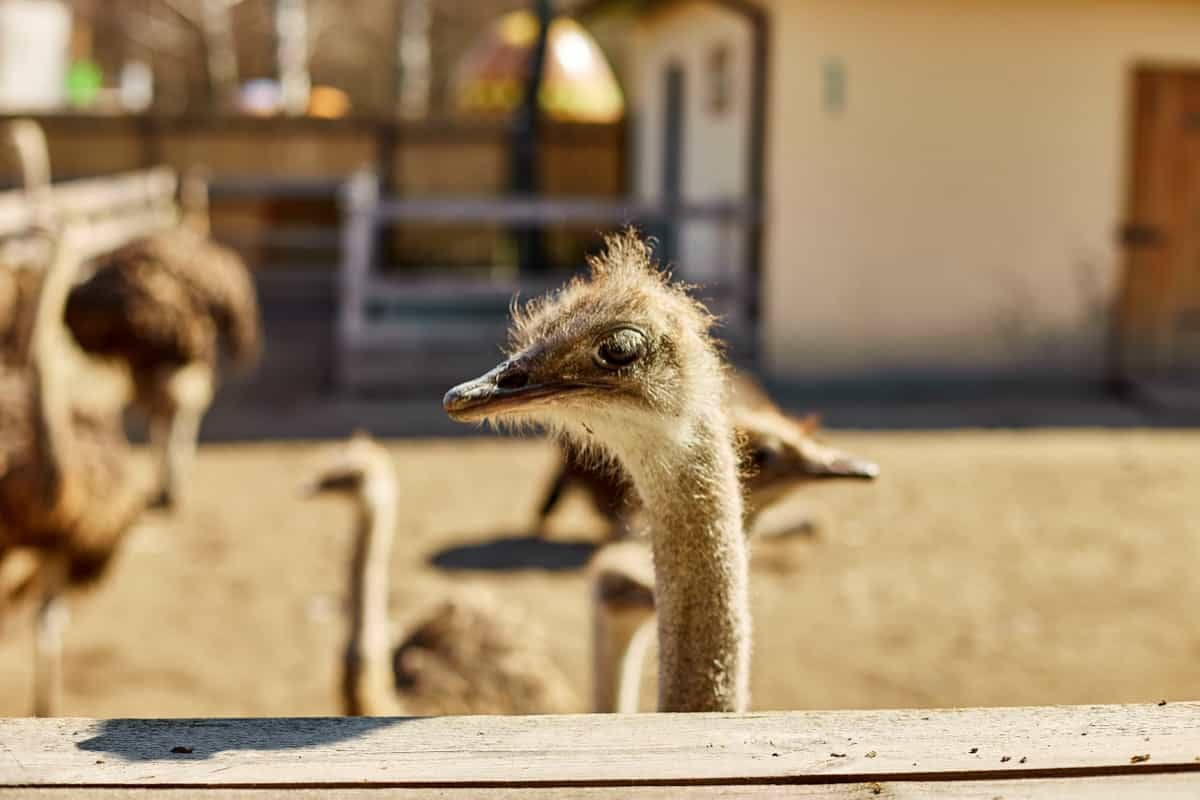
Guide to Emu Farming
Understanding Emu Behavior and Habitat
Emus are fascinating creatures known for their curious nature and social behavior. They are flightless bird’s native to Australia, thriving in diverse habitats ranging from grasslands to forests. Emus are adaptive animals, capable of withstanding a wide range of environmental conditions.
In the wild, emus live in small groups called mobs, where they establish complex social hierarchies through vocalizations and body language. Their communication is key to understanding their behavior patterns and interactions within the group. Emus are nomadic by nature, constantly on the move in search of food sources like fruits, seeds, insects, and plants. This behavior should be considered when designing their enclosures on a farm to mimic their natural habitat as closely as possible.
Requirements for Setting Up Your Emu Farm
Setting up your Emu farm requires careful planning and consideration. Firstly, you need adequate land for the emus to roam freely. Emus are large birds that need space to move around comfortably. Fencing is important to ensure the safety of your emus and prevent them from wandering off. The fencing should be sturdy and high enough to keep predators out. You will also need appropriate shelters or sheds where the emus can seek refuge from extreme weather conditions.
These structures should provide shade in hot weather and protection from harsh winds and rain. Investing in quality feeders and waterers is essential for keeping your emus healthy and well-nourished. Emus requires a balanced diet to thrive, so make sure you have access to high-quality feed sources. Having basic farming equipment such as feeding troughs, incubators, scales, and first aid supplies is essential for efficiently managing your Emu farm operations.
The Economics of Emu Farming: Costs and Revenues
When venturing into emu farming, understanding the economics is crucial. Initial costs include acquiring land, building shelters, and purchasing emus. Factor in ongoing expenses like feed, healthcare, and labor. Emus are relatively low-maintenance but require proper care for optimal growth. Revenues come from various sources, such as selling emu products like meat, oil, feathers, and even live birds.
In case you missed it: How to Craft a Comprehensive Free-Range Chicken Farming Business Plan
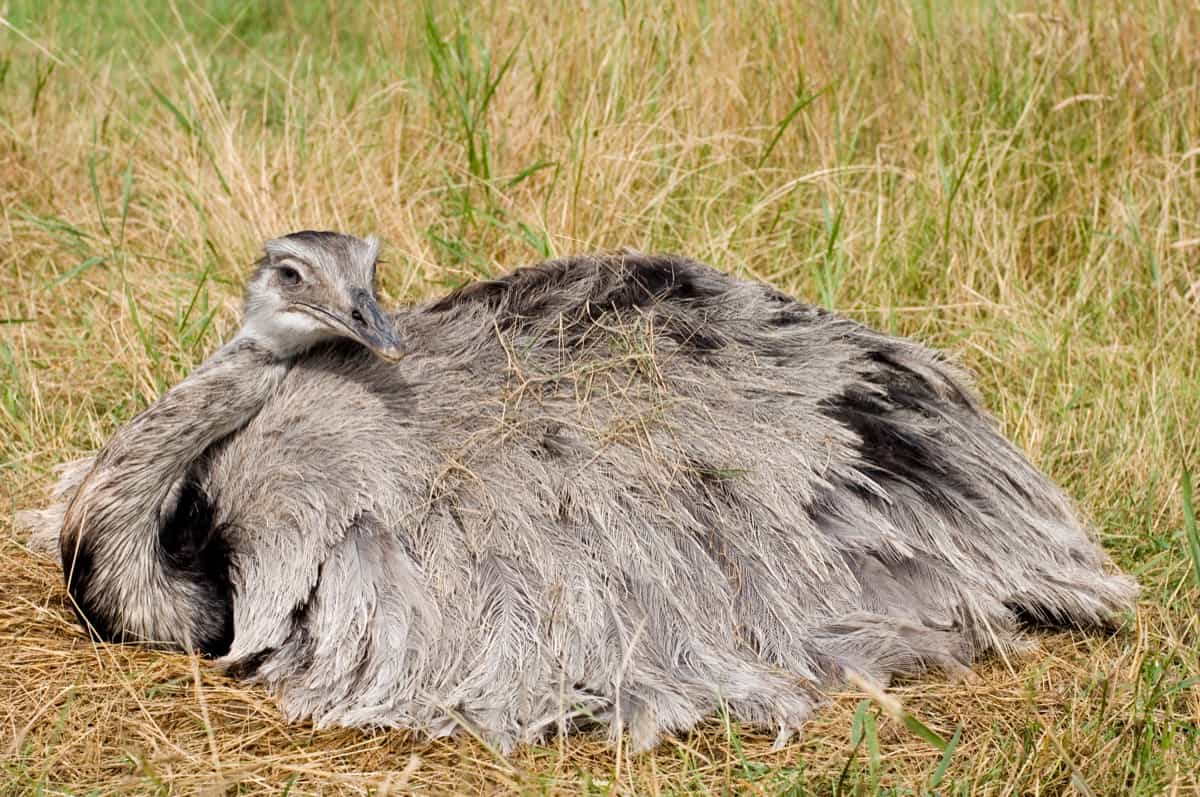
Market demand is important in determining profitability and conducting market research to find target customers and understand pricing dynamics. Emu farming can be profitable in the long run if managed efficiently. Diversifying product offerings and exploring value-added opportunities can enhance revenue streams. Keep track of financials closely to assess profitability and make informed business decisions along the way.
Techniques and Best Practices for Breeding
Breeding Emus requires careful planning and attention to detail. Selecting healthy breeding pairs is crucial for successful reproduction. Monitor the females closely during mating season to ensure successful fertilization. Providing a stress-free environment can increase breeding success rates. Emus typically lay eggs in winter, so it’s important to have proper nesting areas prepared in advance.
Ensure that nests are secure and well-insulated for optimum egg protection. Regularly check on the eggs throughout the incubation period. After hatching, newborn emus need special care and nutrition to thrive. Keep them warm and provide a balanced diet for healthy growth. Regular health checks are essential during this critical stage of development. Implementing best breeding practices can lead to a thriving emu farm with strong, healthy offspring.
Feeding Emus: Nutrition and Diet Management
Emus are omnivores with a diverse diet that includes plants, insects, small animals, and even stones for digestion. Emus requires a balanced diet consisting of high-quality grains like corn and barley, along with fresh fruits and vegetables. It’s essential to provide them with access to clean water to prevent dehydration.
Supplements such as calcium and vitamins may be necessary to ensure they receive adequate nutrition. Observing their food intake is important to prevent obesity or malnutrition. Emus have unique digestive systems that require proper care when introducing new foods. Any changes must be made to avoid digestive issues. Consulting with a veterinarian or an expert in emu nutrition can help tailor a diet plan specific to your flock’s needs.
Health and Veterinary Care for Emus
Providing proper health and veterinary care for your emus is essential to ensure their well-being and productivity on your farm. Regular check-ups by a qualified vet can help prevent and treat any potential health issues that may arise. Emus are generally hardy birds, but it’s important to be proactive in monitoring their health. Vaccinations are crucial in preventing diseases common among emus. Your vet can recommend vaccinations based on your location and specific circumstances.
In case you missed it: Brighten Your Flock: Raising Easter Egger Chickens for Beauty and Bounty
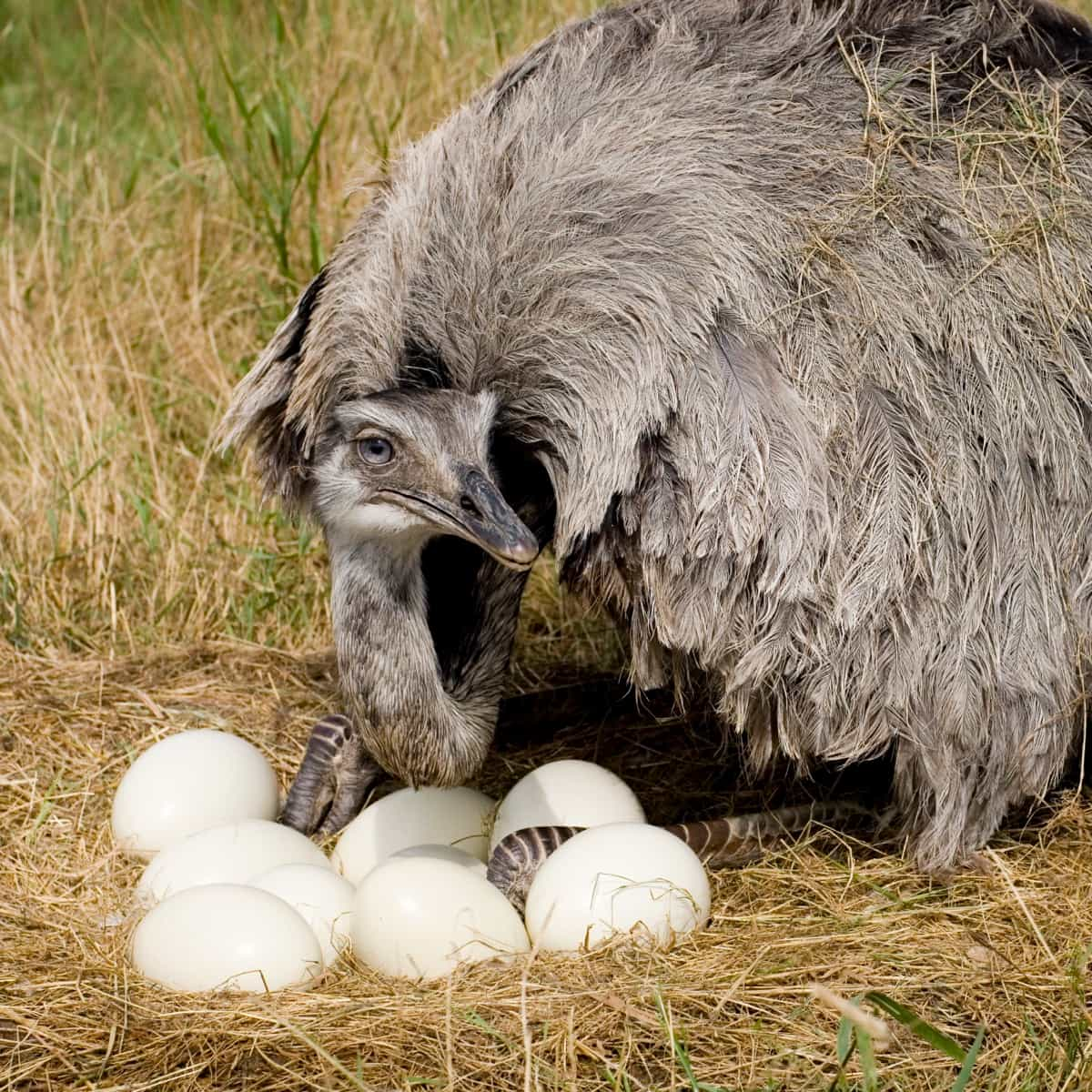
Also, maintaining a clean living environment for emus will help reduce the risk of illnesses spreading. In case of any injuries or signs of illness, swift action is key. Understanding common symptoms like changes in behavior, appetite, or droppings can alert you to possible health concerns. By being observant and responsive, you can ensure that your emus stays healthy and thriving on your farm.
Managing Emu Eggs and Incubation
Emu eggs are a precious commodity in the world of Emu farming, requiring special care and attention during the incubation process. Before setting up your incubator, make sure it is clean and sanitized to provide a safe environment for the delicate eggs. Proper humidity levels are crucial for successful incubation; fluctuations can impact hatching rates. Successful egg management and incubation play a vital role in maintaining a healthy and sustainable Emu farm operation.
Turning the eggs regularly helps prevent the embryo from sticking to the shell membrane, promoting healthy development. Keep an eye on any potential signs of contamination or damage that may affect hatchability. The incubation period for Emu eggs typically lasts around 50-55 days, so patience is key during this stage of the process. Once hatched, ensure that newborn Emus receives proper care and nutrition to thrive in their new environment.
Rearing Young Emus: Growth Stages and Care
Rearing young emus is a crucial aspect of emu farming, ensuring the growth and health of your flock. Emu chicks are delicate creatures that require careful attention during their early stages of life. As they grow, it’s essential to provide them with a suitable environment that requires specific needs. Emu chickens go through different growth stages, from hatching to maturity. During this time, monitoring their development and adjusting care practices accordingly is vital. Providing proper nutrition and safe living conditions will contribute to their well-being.
Young emus need adequate space to move around freely and develop muscle strength. Ensuring they have access to fresh water at all times is also key for their growth and hydration needs. Regular health checks are important in identifying any potential issues early on. Consulting with a veterinarian specializing in avian care can help you address any concerns promptly.
Handling and Training Emus: Safety and Techniques
Emus are large birds with powerful legs that can cause harm if not handled properly. It’s important to approach them confidently while maintaining a safe distance. Establishing trust with your emus through positive reinforcement techniques is key to successful training. By using treats or rewards, you can encourage behaviors and build a strong bond with these unique animals.
Consistency in training methods will help establish clear boundaries and expectations for both you and the emus. Emus are intelligent creatures that respond well to gentle guidance and patience. Avoid loud noises that could startle them, as this may lead to stress or aggression. Understanding their natural behavior patterns will also aid in effective handling and training practices.
Useful Emu Products: Meat, Oil, and Feathers
When it comes to Emu farming, the products derived from these majestic birds are diverse and valuable. Emu meat is a lean, healthy protein source that has gained popularity in recent years for its unique taste and nutritional benefits. Rich in iron and low in fat, emu meat is becoming a sought-after option for health-conscious consumers. Emu oil, extracted from the bird’s fat deposits, is known for its anti-inflammatory properties and skincare benefits.
In case you missed it: Protecting Your Flock: A Comprehensive Guide to Vaccination Schedule for Goats and Sheep
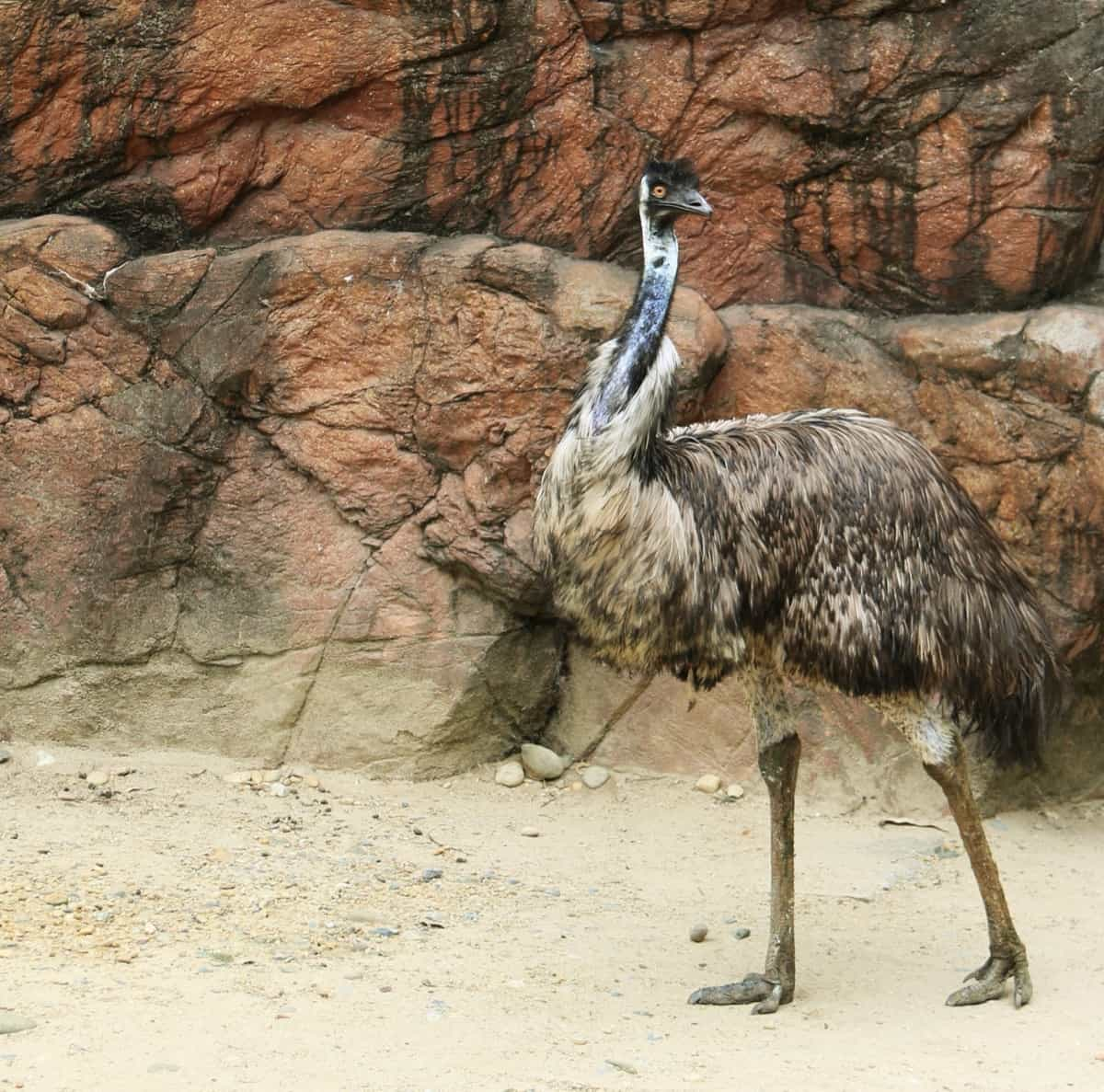
Used in cosmetics and pharmaceuticals, emu oil has gained recognition for its moisturizing and healing properties. It’s no wonder why this natural ingredient is highly valued in various industries. Emus also provides feathers that are used in crafts, fashion accessories, and decorations. With their distinctive appearance and durability, emu feathers add a touch of elegance to various products. From hats to jewelry to home decor items, these feathers have a wide range of applications.
Marketing and Selling Emu Products
Start by identifying your target market – whether it’s health-conscious consumers looking for natural alternatives or cosmetic companies in search of exotic ingredients. Utilize various channels to promote your products – from online platforms like social media to local farmers’ markets and specialty stores. Highlight the unique benefits of Emu oil, meat, and feathers to attract potential customers. Consider offering samples or hosting events to educate people about the versatility and quality of Emu products.
Building relationships with retailers or distributors can help to reach a wider audience. Stay updated on consumer preferences to adapt your marketing strategies accordingly. Collaborating with influencers or partnering with complementary brands can also boost sales and brand awareness within your target market. Building relationships with local businesses and networking within the Emu farming community can also help boost sales and create new opportunities for your farm.
Legal and Regulatory Considerations in Emu Farming
Like any agricultural business, emu farming is subject to specific laws and guidelines that vary by region. Before diving into this venture, ensure you research and comply with local regulations regarding animal welfare, land use, zoning ordinances, and environmental protection.
In case you missed it: Key Rules to Start Boer Goat Farming: Requirements and Basics
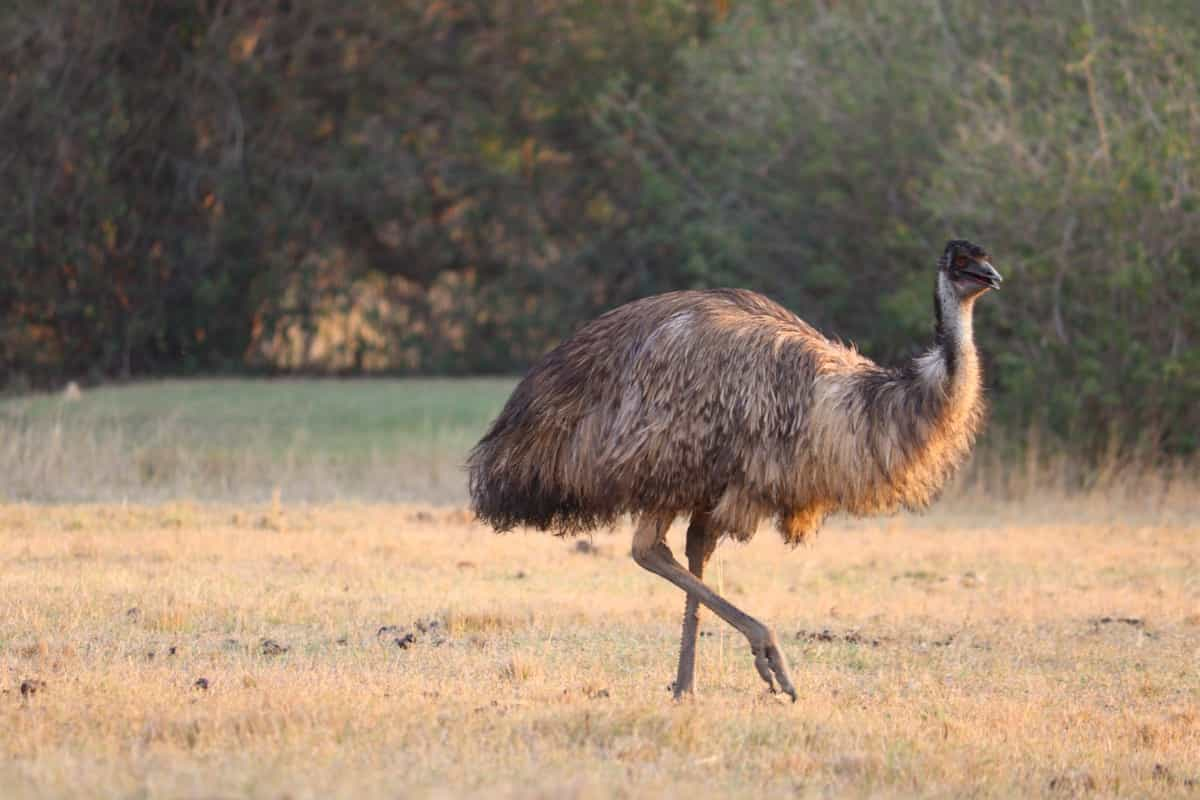
Some areas need permits or licenses to operate an emu farm. It’s essential to familiarize yourself with these requirements early on to avoid potential legal issues down the road. Staying informed about any changes in legislation related to farming practices can help you adapt your operations accordingly.
Another key consideration is understanding import/export regulations if you plan on selling emu products across borders. Compliance with international trade laws is necessary for the smooth operation and growth of your business. Working closely with legal advisors can provide valuable insights into navigating these complexities within the industry.
Sustainability and Ethical Practices in Emu Farming
By implementing sustainable methods, such as water conservation and waste management, emu farms can reduce their environmental impact. Ethical treatment of the emus is equally important, ensuring they have proper living conditions and access to natural behaviors like foraging. Choosing organic feed options and avoiding harmful chemicals not only benefits the emus’ health but also contributes to a more sustainable farming system.
Emphasizing animal welfare leads to healthier, happier birds which can ultimately improve the quality of products derived from them. Farmers who prioritize sustainability and ethics in their operations often find that consumers are increasingly drawn to products that align with their values. This approach not only benefits the environment but also fosters a positive reputation for the farm within the community.
Common Challenges and Solutions in Emu Farming
The common challenge faced by emu farmers is managing the health and well-being of their birds, as they are susceptible to various diseases and parasites. Regular health care and proper nutrition are essential in ensuring the overall health of the emus. Another challenge is marketing and selling emu products effectively. With a niche market for emu meat, oil, and feathers, finding buyers can be a hurdle for many farmers. Building relationships with local markets, restaurants, or online retailers can help in expanding your customer base.
In case you missed it: Ultimate Guide to Raising Legbar Chickens: Breeding, Farming Practices, Diet, Egg-Production
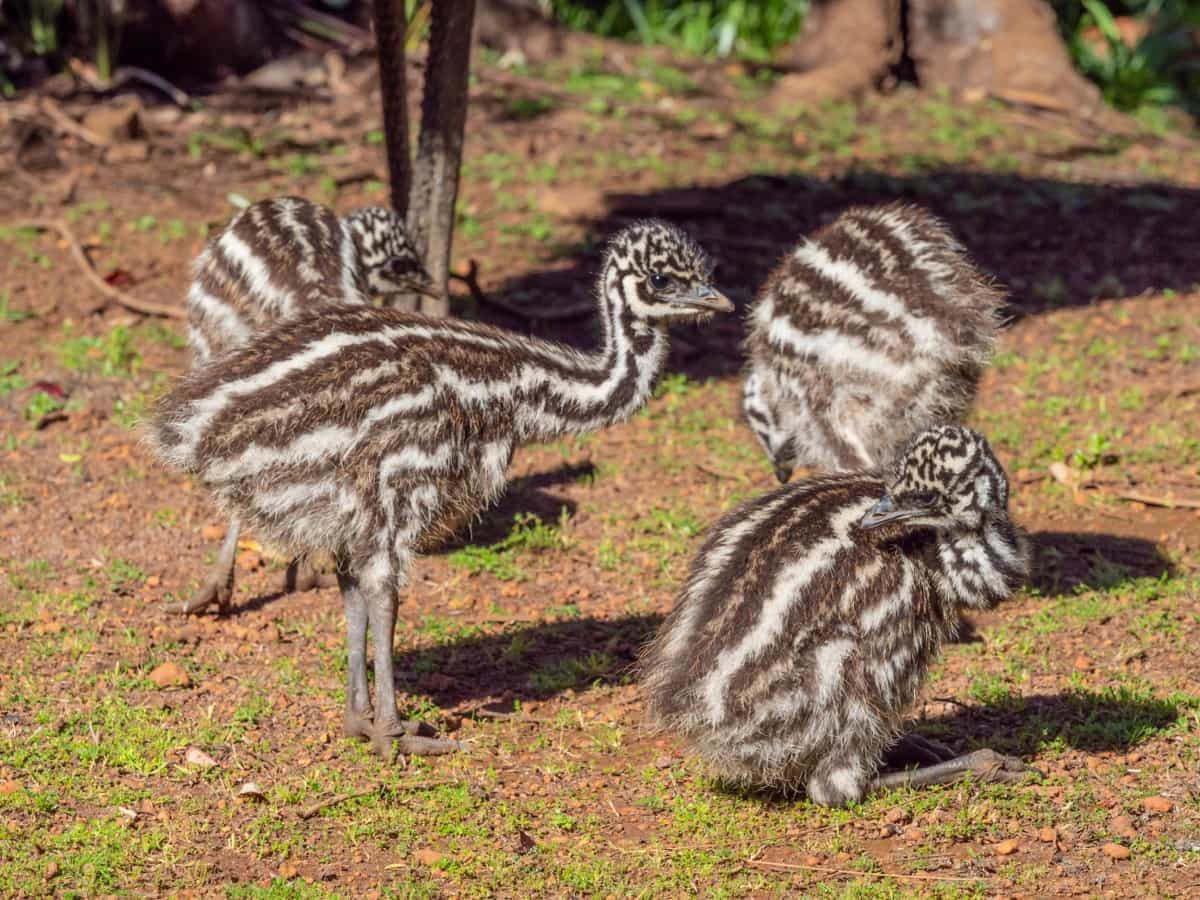
Additionally, regulatory considerations such as permits and licenses may also pose challenges for those looking to start an emu farm. It’s important to familiarize yourself with the legal requirements in your area before diving into this business. Despite these challenges, there are solutions available to overcome them. By staying informed about best practices in breeding, nutrition management, and marketing strategies tailored to the unique attributes of emus, you can navigate through these obstacles successfully.
Conclusion
Emu farming offers a range of benefits that make it an attractive venture for entrepreneurs and farmers alike. These majestic birds offer a range of valuable products, from lean meat to rich oil and luxurious feathers. Emus are low-maintenance animals that require minimal resources compared to traditional livestock, making them an environmentally friendly choice for sustainable farming practices.
- Economical Aquaculture: A Guide to Low-Budget Fish Farming
- 15 Common Planting Errors That Can Doom Your Fruit Trees
- How to Make Houseplants Bushy: Effective Tips and Ideas
- Innovative Strategies for Boosting Coconut Pollination and Yield
- Pollination Strategies for Maximum Pumpkin Yield
- The Complete Guide to Chicken Fattening: Strategies for Maximum Growth
- Natural Solutions for Tulip Problems: 100% Effective Remedies for Leaf and Bulb-Related Issues
- Revolutionizing Citrus Preservation: Towards a Healthier, Greener Future
- Natural Solutions for Peony Leaf and Flower Problems: 100% Effective Remedies
- Maximizing Profits with Avocado Contract Farming in India: A Comprehensive Guide
- Natural Solutions for Hydrangea Problems: 100% Effective Remedies for Leaf and Flowers
- The Ultimate Guide to Choosing the Perfect Foliage Friend: Bringing Life Indoors
- From Sunlight to Sustainability: 15 Ways to Use Solar Technology in Agriculture
- The Ultimate Guide to Dong Tao Chicken: Exploring from History to Raising
- The Eco-Friendly Makeover: How to Convert Your Unused Swimming Pool into a Fish Pond
- Mastering the Art of Delaware Chicken Farming: Essentials for Healthy Backyard Flocks
- 20 Best Homemade Fertilizers for Money Plant: DIY Recipes and Application Methods
- How to Craft a Comprehensive Free-Range Chicken Farming Business Plan
- Brighten Your Flock: Raising Easter Egger Chickens for Beauty and Bounty
- How to Optimize Your Poultry Egg Farm Business Plan with These Strategies
- Subsidy for Spirulina Cultivation: How Indian Government Schemes Encouraging Spirulina Farmers
- Ultimate Guide to Raising Dominique Chickens: Breeding, Feeding, Egg-Production, and Care
- Mastering the Art of Raising Jersey Giant Chickens: Care, Feeding, and More
- Ultimate Guide to Raising Legbar Chickens: Breeding, Farming Practices, Diet, Egg-Production
- How to Raise Welsummer Chickens: A Comprehensive Guide for Beginners
- How to Protect Indoor Plants in Winter: A Comprehensive Guide
- Ultimate Guide to Grow Bag Gardening: Tips, Tricks, and Planting Ideas for Urban Gardeners
- Guide to Lotus Cultivation: How to Propagate, Plant, Grow, Care, Cost, and Profit
- Agriculture Drone Subsidy Scheme: Government Kisan Subsidy, License, and How to Apply Online
- Ultimate Guide to Raising Araucana Chickens: Breed Profile, Farming Economics, Diet, and Care
- Bringing Hydroponics to Classroom: Importance, Benefits of Learning for School Students
- Ultimate Guide to Raising Polish Chickens: Breed Profile, Farming Economics, Diet, and Care
- Ultimate Guide to Raising Australorp Chickens: Profile, Farming Economics, Egg Production, Diet, and Care
- Silkie Chicken Farming: Raising Practices, Varieties, Egg Production, Diet, and Care
- Sussex Chicken Farming: Raising Practices, Varieties, Egg Production, Diet and Care
- Homemade Feed Formulations for Livestock: Discover Cost-effective Starter to Finisher Feed Recipes
I m starting emu farming plz suggest how to start this business plz contact me.